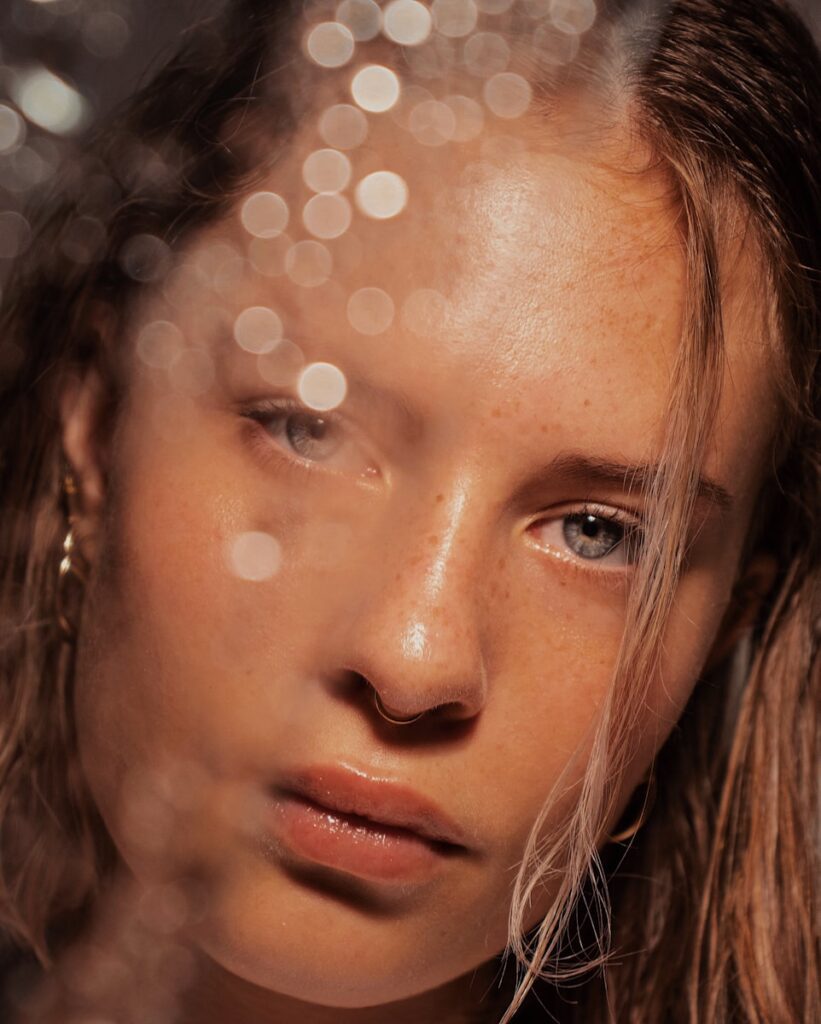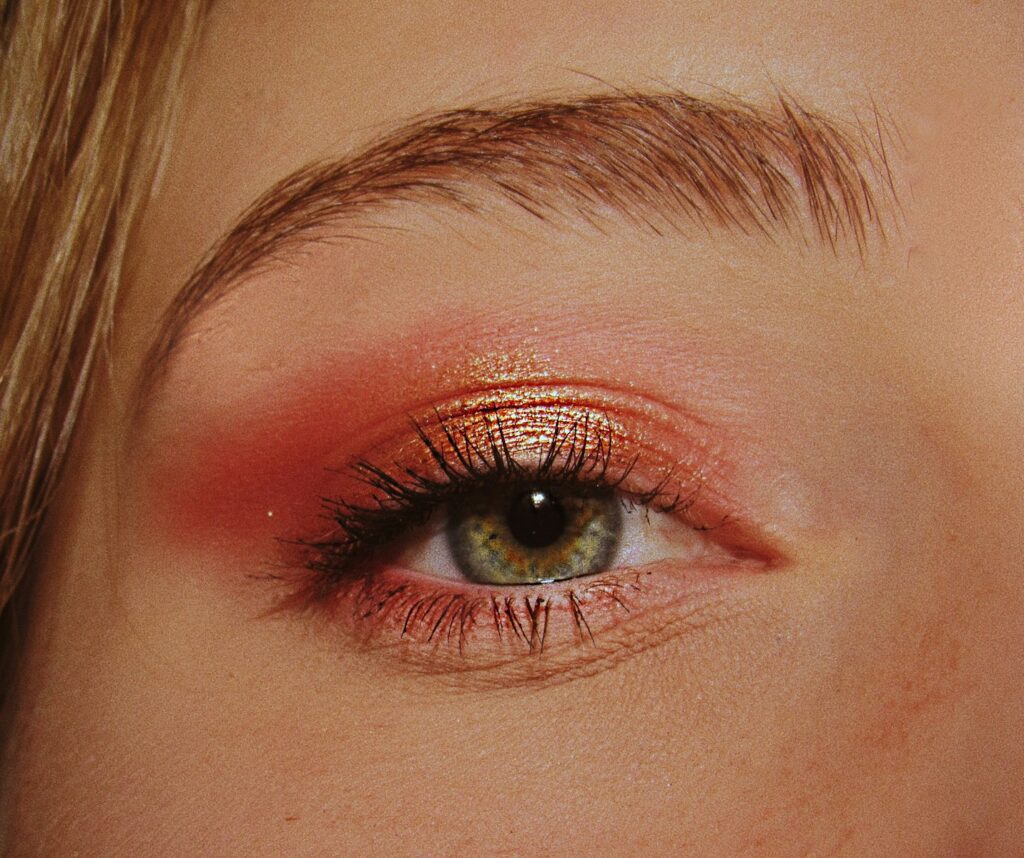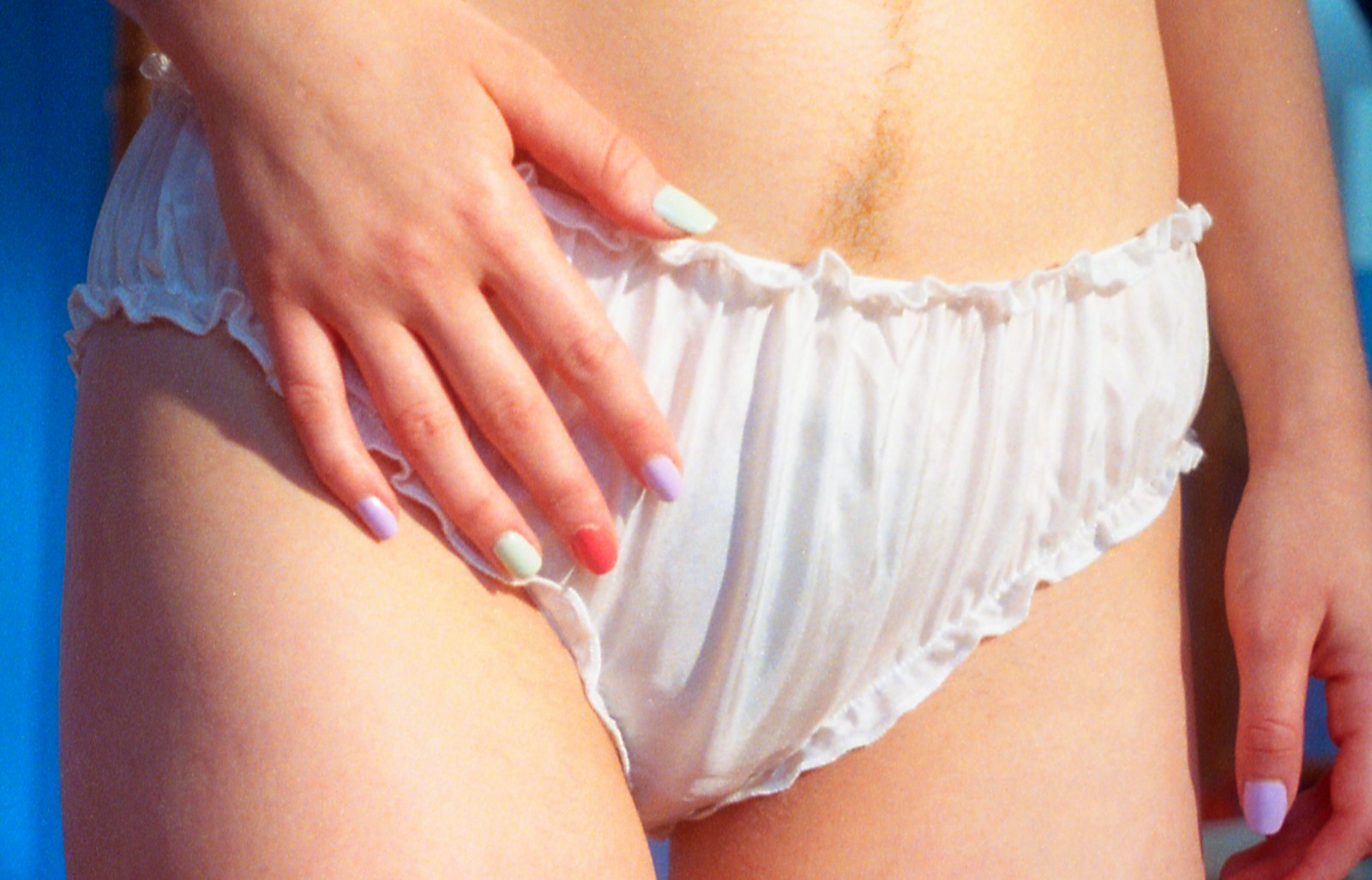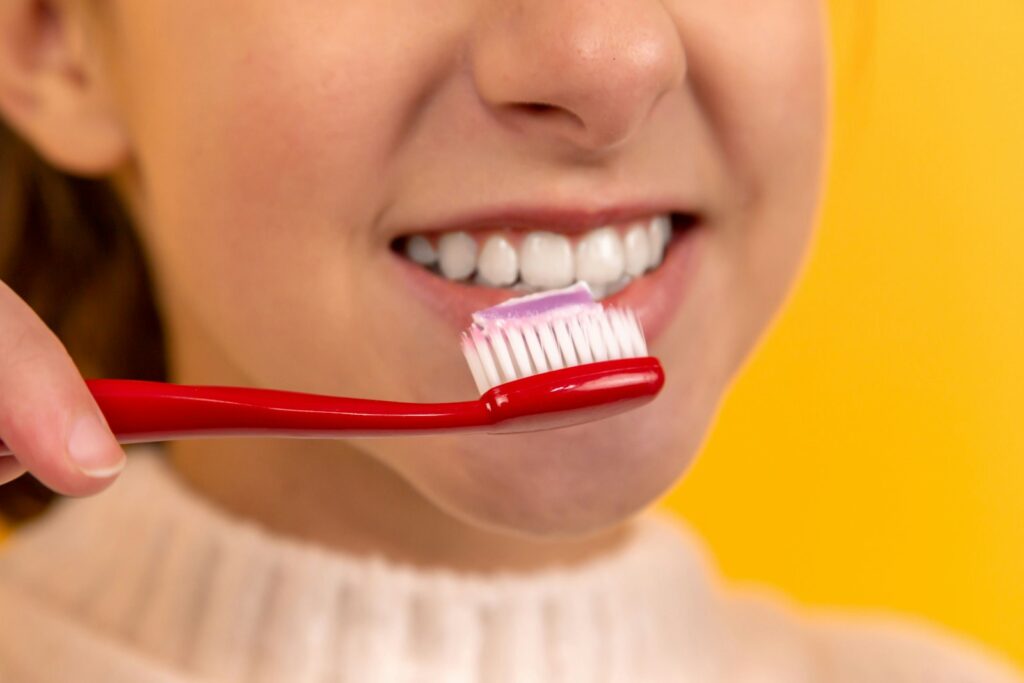This Post Contains Affiliate Links. Please Read Our Disclosure for Full Information.
Hey gorgeous! ✨ Ever stared at your bronzer like, “Where the heck do I even put this?” Don’t stress—I’m here to spill the tea ☕ on how to apply bronzer like a total glow goddess. Whether you’re going for “I just got back from Mykonos” vibes or just wanna fake a healthy glow for your selfie—I got you, boo!
Let’s break it down:
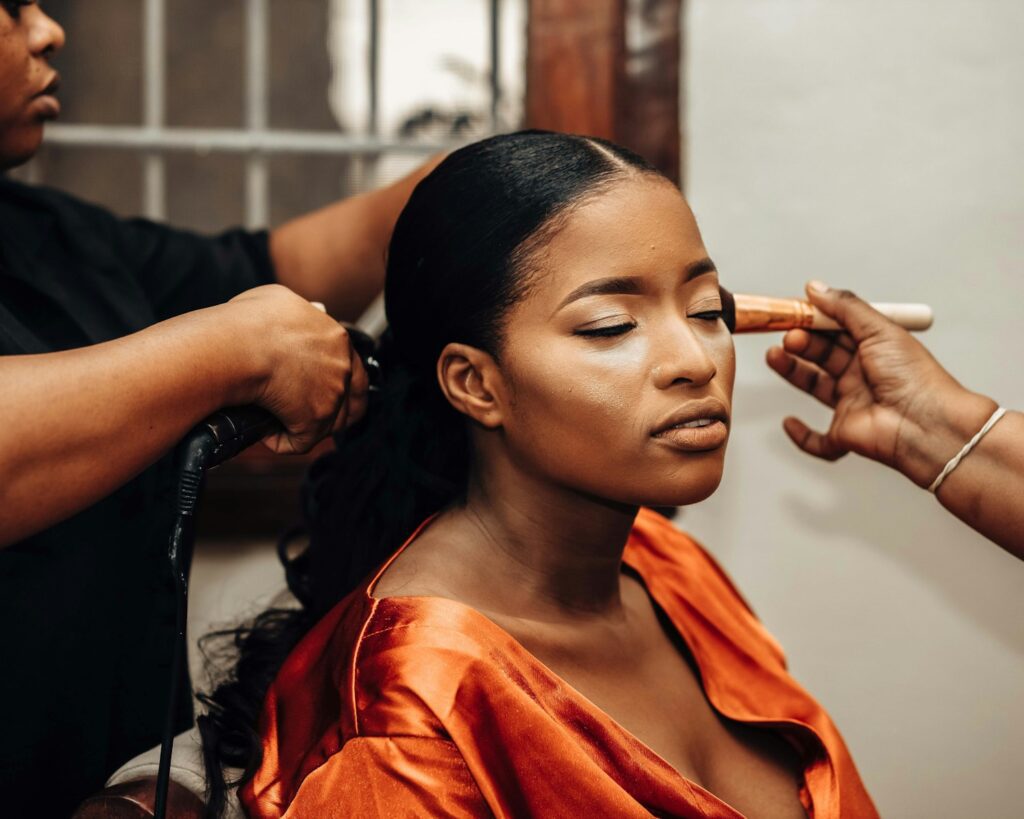
💖 Step 1: Pick the Right Bronzer (You know we gotta shop first!)
Your bronzer should be 1-2 shades darker than your natural skin tone. Matte for contour, shimmery for that glow-up ✨.
👉 Check out this Top-Rated Bronzer for an instant sun-kissed slay.
💖 Step 2: Get the Right Brush (No finger painting here, babe)
Use a fluffy, angled brush for a natural, seamless finish.
👉 I love this Pro Bronzer Brush—total must-have!
💖 Step 3: The Magic 3 Shape (The ultimate face snatch)
👉 Lightly dip your brush, tap off the excess (we’re glowing, not muddying).
👉 Apply in the shape of a “3” on each side of your face:
1️⃣ Start at your forehead near hairline
2️⃣ Sweep down to your cheekbones
3️⃣ Curve down along your jawline
This gives that lifted, sculpted, sunlit effect—so effortless, babe.
💖 Step 4: Don’t Forget These Spots:
✔ Bridge of Nose: Dust a little for that “I just stepped off the beach” look.
✔ Chin & Neck: Blend down your neck—nobody wants a two-tone face.
✔ Collarbones (optional): For a hot girl summer vibe with tanks & off-shoulders.
👉 Grab this Mirror + Makeup Set for flawless application anywhere!
💖 Step 5: Glow Baby, Glow 🌞
Set it with a little setting spray or highlight on the high points for that dewy look.
👉 This Glow Setting Spray is chef’s kiss for locking it in.
💖 Quick Bronzer Don’ts:
🚫 Don’t overdo it—subtle glow > orange face
🚫 Don’t skip blending (we don’t do harsh lines, babe)
🚫 Don’t forget to check in natural light!
✨ Final Glow-Up:
And there you have it, bestie—your bronzer glow guide in plain English (with a sprinkle of sass)! You’ll look sun-kissed, radiant, and selfie-ready 24/7. 💋
PS: All the cute makeup tools linked are chef’s kiss for leveling up your glow game!
We are giving it for free to our users
Get 7 Free Digital Planner
The Bundle Includes -
Daily Planner, Weekly Planner, Monthly Planner, Self Care Planner, Daily Reflection, Goal and Habit Tracker, Gratitude Journal and Budget Tracker



